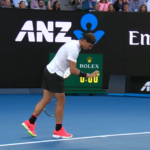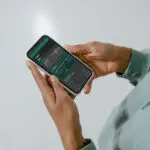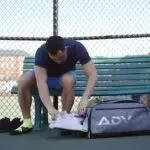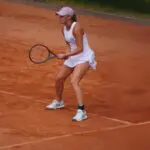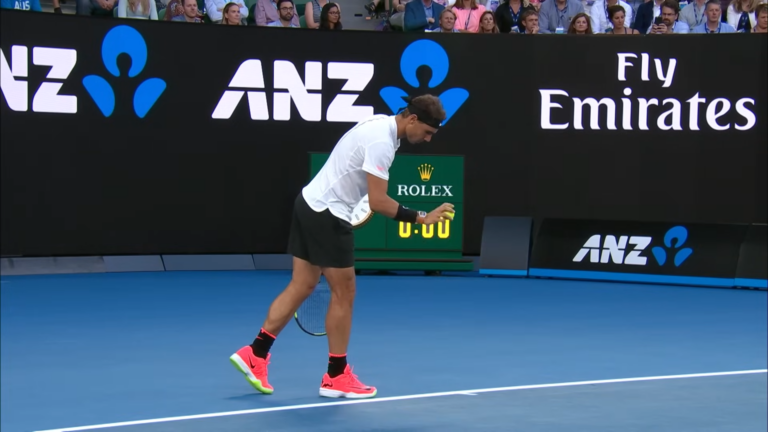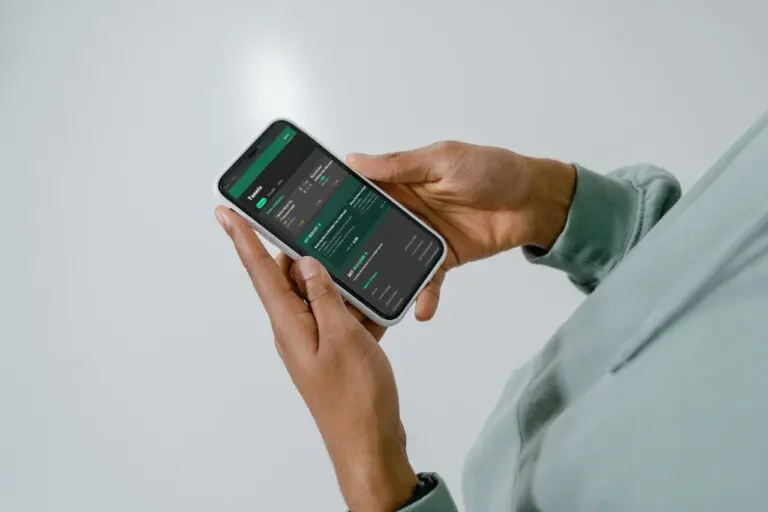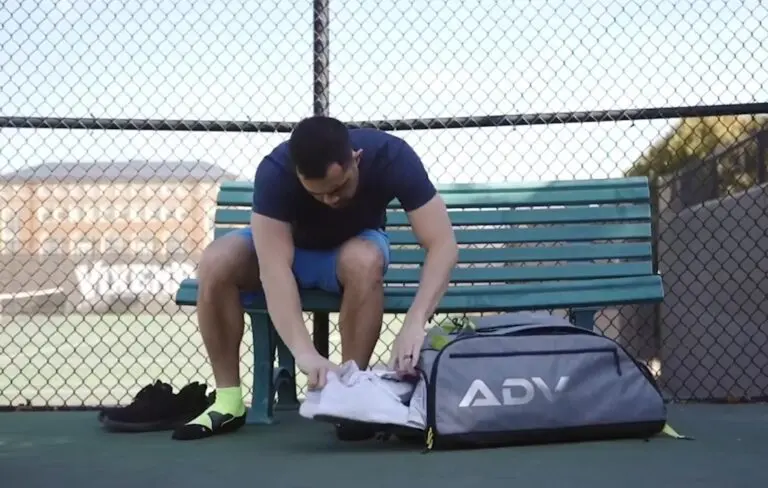I’ve coached players at various skill levels and have also participated in amateur tournaments. In both coaching sessions and competitive play, the rule of a “let” is consistently applied. Being aware of what a “let” is and how it works can make a real difference in your serving strategy.
What Is A Let In Tennis?
When you’re on the court, encountering a “let” can influence your approach to serving and receiving. For the server, it’s a momentary reprieve, offering another opportunity to make a successful serve.
For the receiver, it’s a quick reset, requiring readiness for the next incoming serve. In essence, it acts as a brief pause in the game, allowing both players to recalibrate.
Service Let
I’ve noticed that the service let often confuses newcomers. It’s a specific type of “let” that occurs only during a serve. Unlike other moments in tennis where the ball might hit the net during play, a service let gives you a second chance. This is unique to the serve and doesn’t apply to any other strokes in the game.
- No Fault: A service let is not counted as a fault. You get another chance to serve.
- Multiple Lets: You can have more than one service let in a row. There’s no limit.
- Timing: The service let must be called immediately for it to be valid.

The service let is one of those rules that can actually work to your advantage if you understand it well. I’ve seen players use the brief pause after a service let to refocus and deliver a more strategic serve, catching their opponent off guard. Knowing how to use these moments can add an extra layer of strategy to your game.
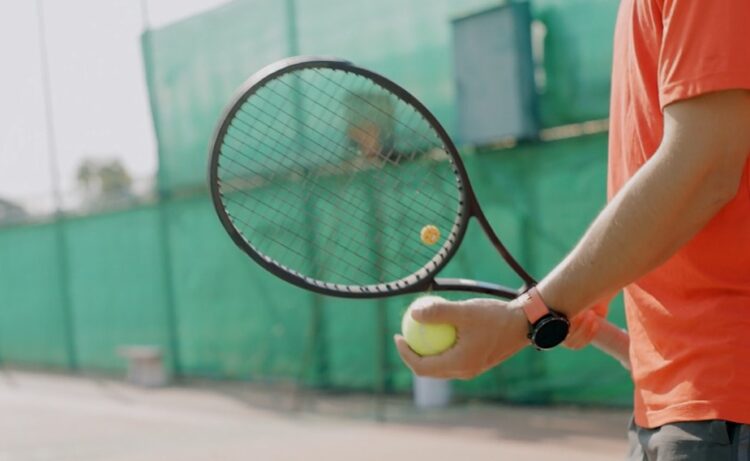
Other Let Situations
Beyond the service box, “lets” can also occur in different scenarios, adding another layer of complexity to the game. For example, if an external factor like a stray ball from another court interrupts play, a “let” is usually called. This means the point is replayed, giving both players a fresh start.
- External Disturbances: A “let” can be called for disruptions like crowd noise or objects falling onto the court.
- Player Hindrance: If a player unintentionally hinders their opponent, a “let” may be called.
- Sudden Interruptions: Events like sudden rain or lighting issues can also lead to a “let.”
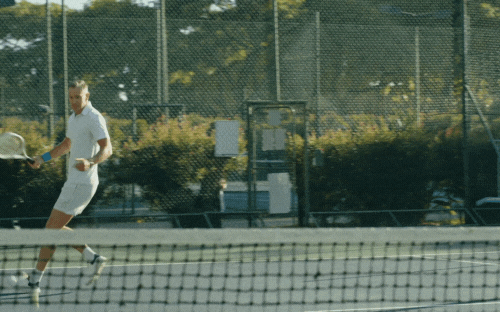
In my coaching career and my own gameplay, understanding these other “let” situations has been crucial. I’ve been in matches where unexpected interruptions occurred, and knowing how to handle them effectively can be a game-changer.
Why is it termed as let?
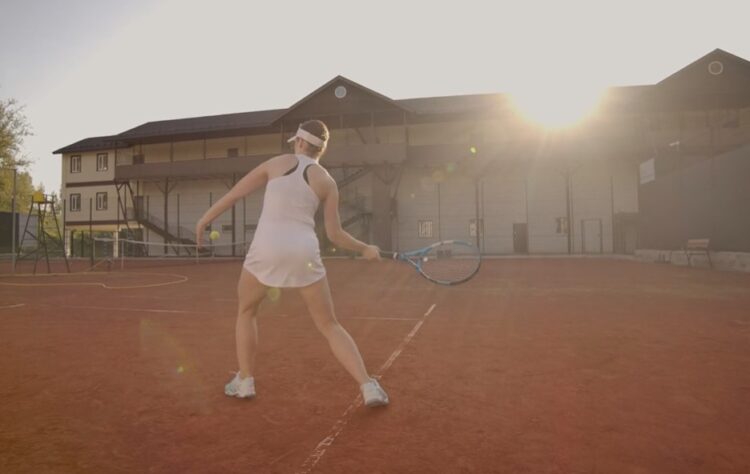
The terminology in tennis can often be intriguing, and the term “let” is no exception. The word “let” is derived from the Old English term “lettan,” which means to hinder or make slow. In the context of tennis, it serves as a temporary halt or hindrance to the ongoing point, requiring a replay of the serve or point.
- Historical Context: The term has been in use since the early days of lawn tennis.
- Universal Usage: The term is globally recognized and used in the same context in tennis games worldwide.
- Linguistic Simplicity: The term is short and easy to understand, making it quick to call out during fast-paced games.
Record for Most Consecutive Lets
Believe it or not, the number of consecutive lets that can occur in a game can sometimes reach surprising heights. While there’s no official world record for the most consecutive lets, anecdotal evidence and stories within the tennis community suggest that it can even go into double digits.
When it comes to the WTA and ATP level of play, in 2013, after defeating Ayumi Morita, Williams achieved four consecutive service lets. Similarly, Chinese player Di Wu matched this feat at the 2017 Anning Challenger in China.
Despite these instances, consecutive lets are relatively rare in professional tennis, with the average number of consecutive lets typically being around four. However, in casual play, players often recount instances of multiple consecutive lets, which adds to the unpredictability and unique charm of the sport.

Let Response Accuracy
The ability to quickly reset and refocus after a let is crucial for both the server and the receiver. For the server, it’s an opportunity to adjust the serve based on the opponent’s positioning or even their own grip and stance.
For the receiver, it’s a moment to reassess the server’s potential strategy and prepare for the incoming serve. I often run drills specifically designed to improve a player’s reaction to lets.
These drills help players adapt to the sudden pause in play and make the most of the opportunity to recalibrate. I’ve found that players who excel in these drills often perform better in actual match situations where lets occur, showing that practicing for these moments can indeed improve your overall game.
“No Let” Rule
In some variations of tennis, particularly in certain amateur leagues and some fast-paced formats, the “no let” rule is applied. This means that if the ball hits the net cord on a serve but still lands in the service box, play continues as if it were a regular serve.
There’s no second chance, no redo; the ball is in play. This rule speeds up the game and adds an element of unpredictability, as players must be prepared to react to a ball that may bounce in an unusual manner after hitting the net.
This rule was briefly introduced in the 2018 Next-Gen ATP Finals but was discontinued in 2019.
FAQs
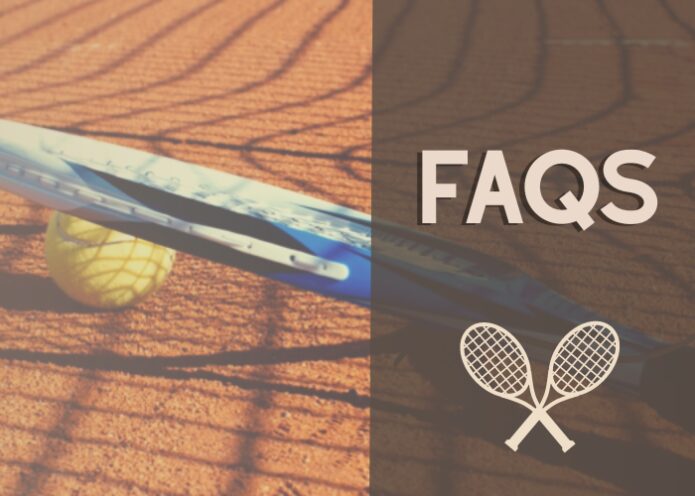
Who may call a let?
In doubles and singles, any player can call a let.
What are the consequences if a let is called?
When serving a let, one should repeat one’s serve. If it occurs on your very first serve, you will be awarded two additional serves. On your second serve, just one extra service will be allowed. If there is a disruption, such as a bouncy tennis ball, it tends to cause a let to be considered, replay the point.
When must a let be named?
A let must be called as soon as possible once it happens, so the opponent players know what just happened.
How many lets are allowed in a row?
You can have as many consecutive lets as you want.
Why is the ball called a let?
The term ‘let’ probably originated from a phrase meaning ‘to hinder.’
Can you question a let?
Players in professional tennis are not allowed to argue a point call.
Summary
The concept of a “let” in tennis is a rule that allows for a serve or point to be replayed under specific conditions, such as when the serve hits the net but still lands in the correct service box. While most commonly associated with serves, “lets” can also occur due to external disturbances or player hindrance.
Related:
- 18 Best Tennis Racquets 2024 - Exclusive Reviews &…
- Top 19 Best Tennis Bags 2024 [Unbiased Reviews]
- 20 Best Tennis Shoes 2024 - Stylish and Athletic
- 15 Best Tennis Racquet for Beginners & Intermediate…
- 15 Best Tennis Balls 2024 - USTA and ITF Approved
- Top 16 Best Pickleball Paddle 2024 - Step Up Your Game



